Refine search
Actions for selected content:
2348 results in Statistical theory and methods
16 - Quantitative factors and response functions
- from Part III - Second subject
-
- Book:
- Statistical Principles for the Design of Experiments
- Published online:
- 05 November 2012
- Print publication:
- 13 September 2012, pp 425-447
-
- Chapter
- Export citation
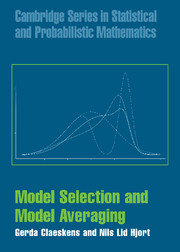
Model Selection and Model Averaging
-
- Published online:
- 05 September 2012
- Print publication:
- 28 July 2008

Longitudinal and Panel Data
- Analysis and Applications in the Social Sciences
-
- Published online:
- 05 September 2012
- Print publication:
- 16 August 2004
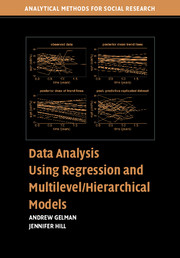
Data Analysis Using Regression and Multilevel/Hierarchical Models
-
- Published online:
- 05 September 2012
- Print publication:
- 18 December 2006
-
- Textbook
- Export citation
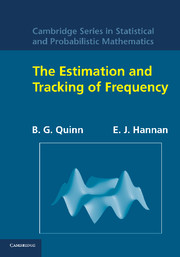
The Estimation and Tracking of Frequency
-
- Published online:
- 05 August 2012
- Print publication:
- 05 February 2001
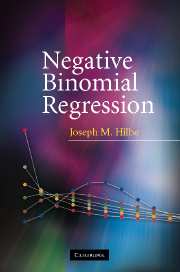
Negative Binomial Regression
-
- Published online:
- 05 June 2012
- Print publication:
- 23 August 2007
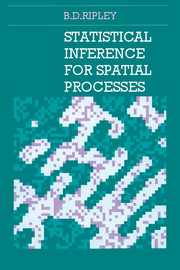
Statistical Inference for Spatial Processes
-
- Published online:
- 05 June 2012
- Print publication:
- 17 November 1988
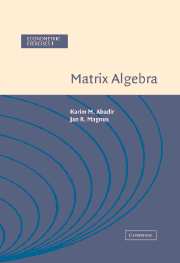
Matrix Algebra
-
- Published online:
- 05 June 2012
- Print publication:
- 22 August 2005
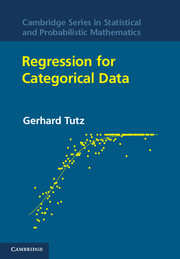
Regression for Categorical Data
-
- Published online:
- 05 June 2012
- Print publication:
- 21 November 2011
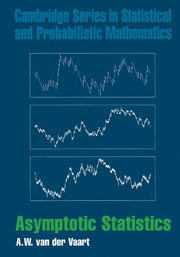
Asymptotic Statistics
-
- Published online:
- 05 June 2012
- Print publication:
- 13 October 1998
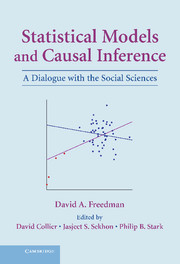
Statistical Models and Causal Inference
- A Dialogue with the Social Sciences
-
- Published online:
- 05 June 2012
- Print publication:
- 23 November 2009
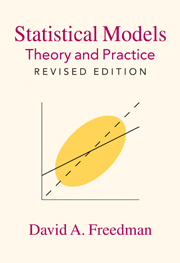
Statistical Models
- Theory and Practice
-
- Published online:
- 05 June 2012
- Print publication:
- 27 April 2009
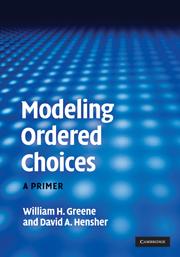
Modeling Ordered Choices
- A Primer
-
- Published online:
- 05 June 2012
- Print publication:
- 08 April 2010
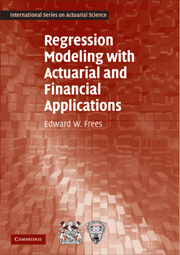
Regression Modeling with Actuarial and Financial Applications
-
- Published online:
- 05 June 2012
- Print publication:
- 30 November 2009
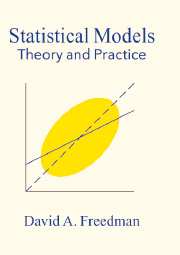
Statistical Models
- Theory and Practice
-
- Published online:
- 05 June 2012
- Print publication:
- 08 August 2005
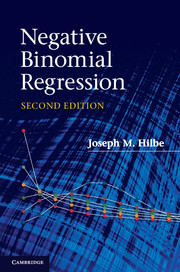
Negative Binomial Regression
-
- Published online:
- 05 June 2012
- Print publication:
- 17 March 2011
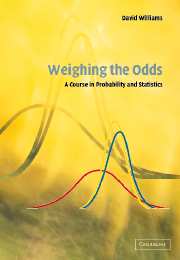
Weighing the Odds
- A Course in Probability and Statistics
-
- Published online:
- 05 June 2012
- Print publication:
- 02 August 2001
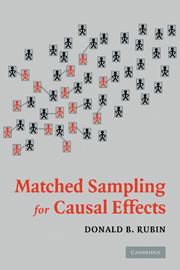
Matched Sampling for Causal Effects
-
- Published online:
- 05 June 2012
- Print publication:
- 04 September 2006
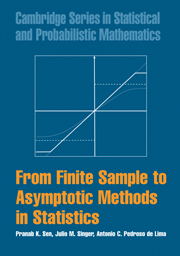
From Finite Sample to Asymptotic Methods in Statistics
-
- Published online:
- 05 June 2012
- Print publication:
- 30 October 2009
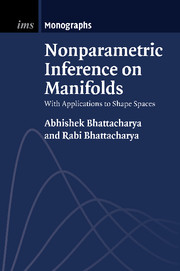
Nonparametric Inference on Manifolds
- With Applications to Shape Spaces
-
- Published online:
- 05 May 2012
- Print publication:
- 05 April 2012
